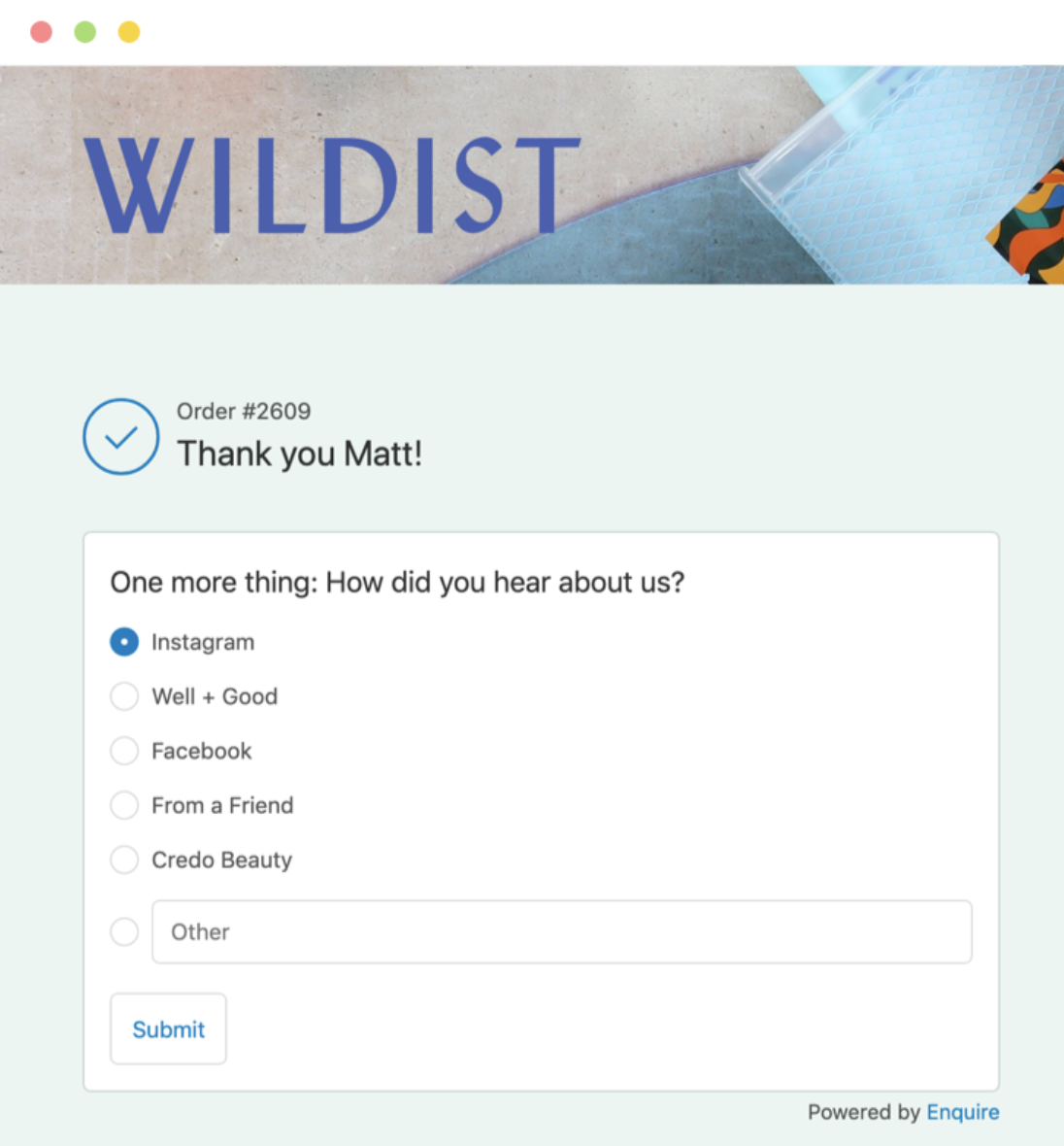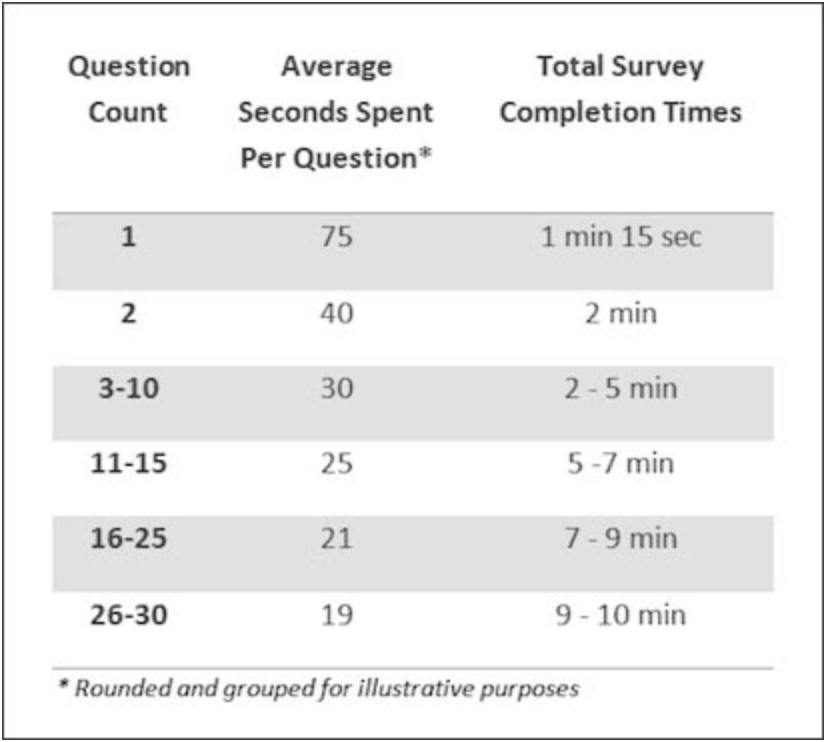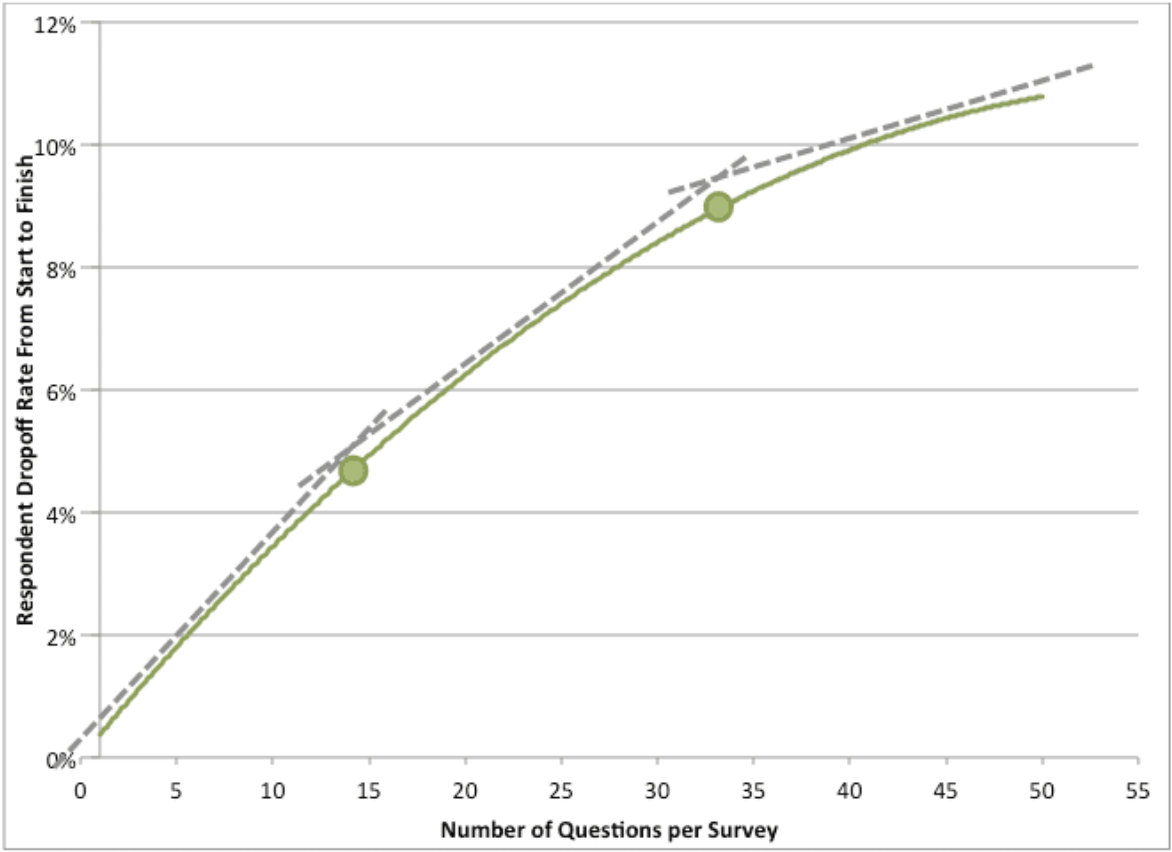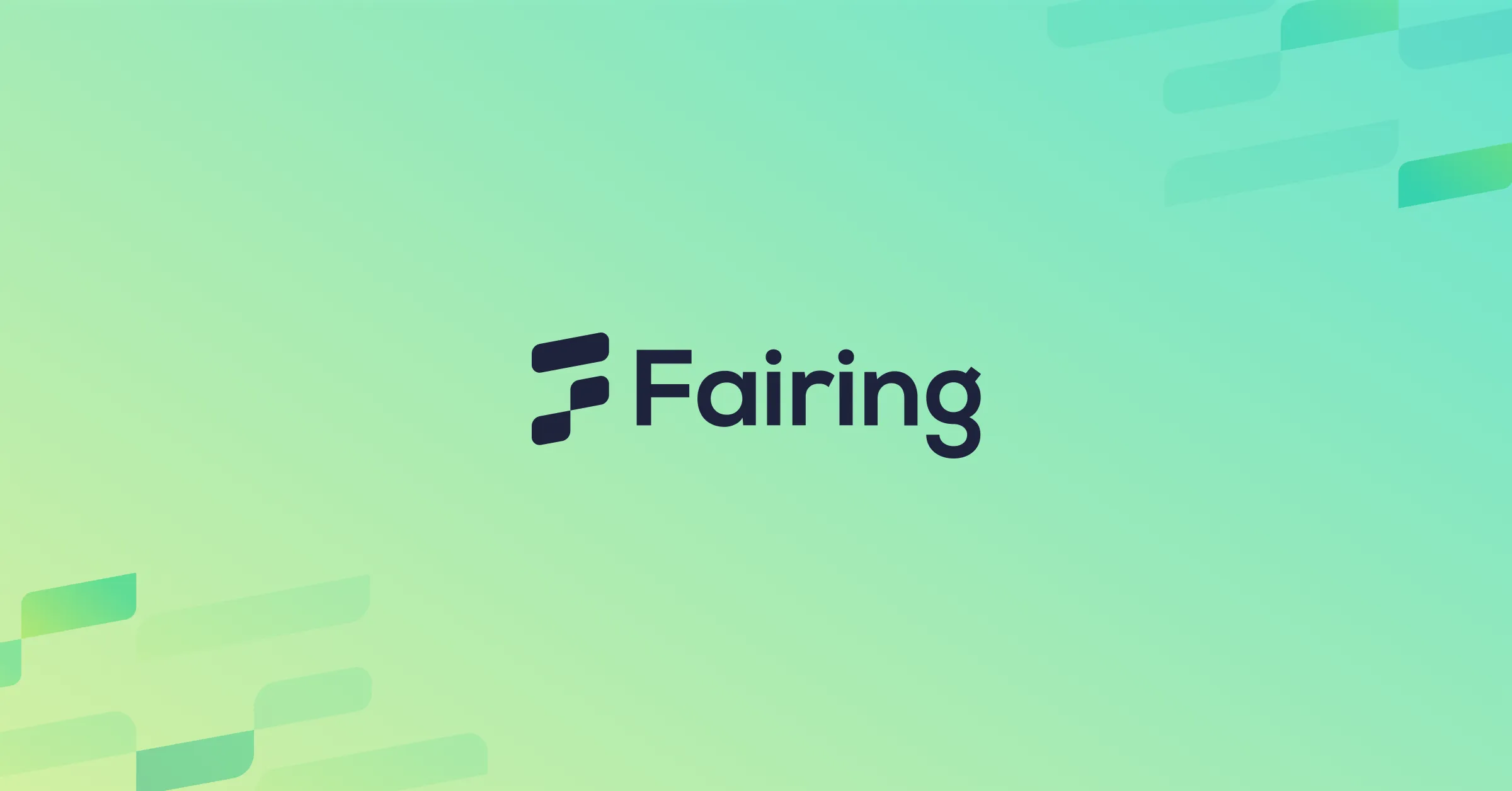Fairing's attribution survey is a versatile tool, which sometimes leaves clients curious as to why we advocate for asking just one question given the infinite real estate of Ecommerce. Why not ask the customer everything you can, while you've got their attention? Well, that's one question we're happy to answer.

Single-question surveys force you to think harder about the question and the experience, as one should always do when asking customers for a favor. The reason Net Promoter Score is such a ubiquitous survey approach is that its inventor deconstructed the myriad goals of a business, and then rebuilt it all within a single question that is all at once practical, portable, and powerful.
In that vein, you should have a strong sense of why your question is valuable, how to ask it, and what you're going to do with the answers -- before you start asking. When you don't put that effort in, you often end up hoping customers will connect the dots for you (in the form of multiple questions). But the allure of a survey as infinite real estate is an illusion; as Survey Monkey found, customers take multiple question-surveys less seriously than single-questions.

And worse, customers increasingly abandon the survey altogether for every additional question you ask. In a single-question survey, it takes roughly the same amount of time and effort to complete it as it does to abandon it, so customers remain engaged. Not so as you start expanding the question set.

That's where not knowing the business value of your question and its data becomes doubly problematic: if you need multiple answers from your customers, but more of them are abandoning the survey as a result, you'll have a tough time evaluating the cost:benefit of asking multiple questions in the first place. It's often at this point where best practices go out the window, and design-by-committee takes over. Nobody wants that.
Focusing on single-question surveys also affords us a consistent playing field across brands and customers, through which we can build deep-dive reporting, qualitative analysis, best practices and benchmarks. The result is a marketing plan that gains wisdom beyond its years, and a clearer vision for developing long-term customer relationships.
All the work your marketing has done to get customers to the confirmation page is now on the edge of its seat awaiting the thrilling conclusion. "How did you hear about us?" is the bow that wraps up all your prior measurement data so you can get back out there with a stronger plan for the next customer.





